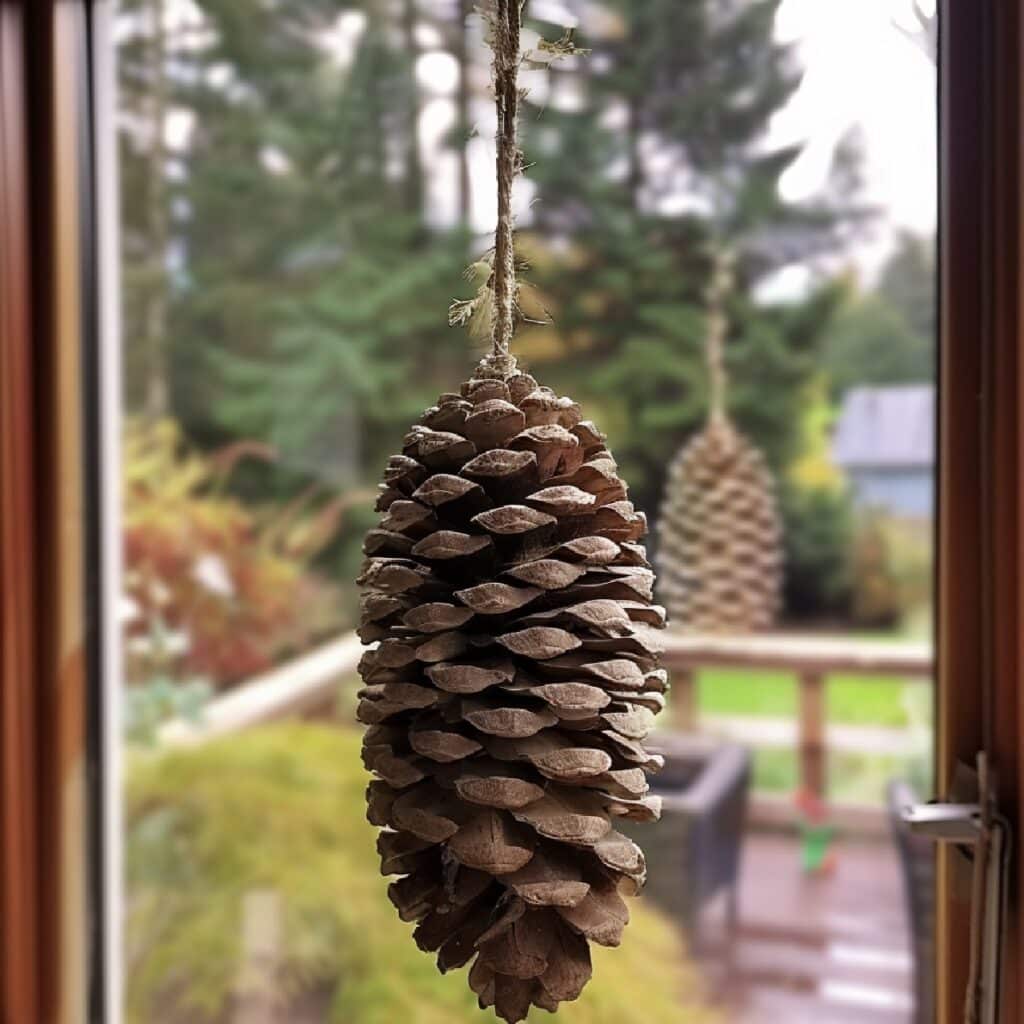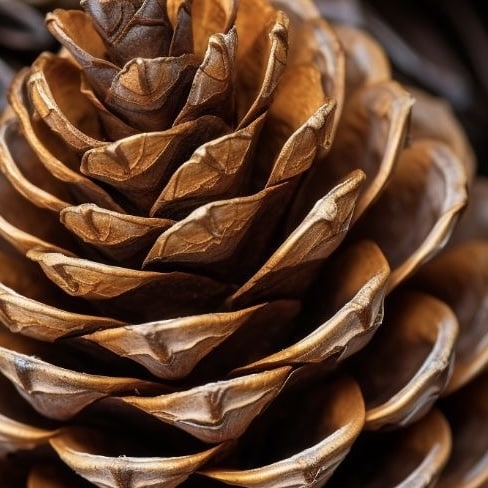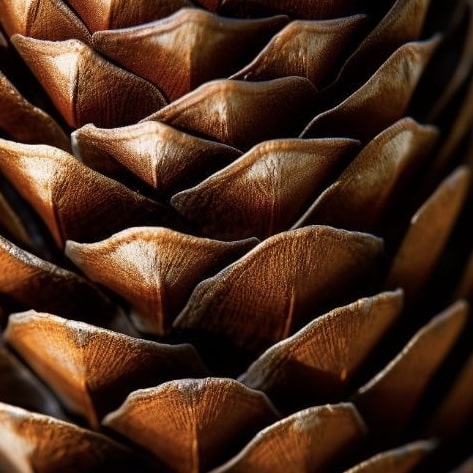
Discover the ancient art of predicting weather with a simple garden addition—pine cones. Learn how to harness these natural hygrometers to anticipate weather changes and enhance your gardening experience.
Introduction: The Natural Wonder of Pine Cones in Your Garden
In the realm of gardening and natural phenomena, there lies a simple yet fascinating tool for weather prediction that many overlook: the pine cone. This seemingly ordinary seed-bearing structure from pine trees is not only crucial for the tree’s reproduction but also serves as a natural hygrometer. In this comprehensive guide, we’ll delve into why you should consider hanging a pine cone near your garden and how it can serve as a charming and effective weather predictor.
The Historical Significance of Pine Cones in Weather Prediction
For centuries, humans have employed various methods to predict the weather, crucial for agriculture and daily life. From the early Babylonians observing cloud patterns to sailors interpreting the sky’s colors, the quest to foresee weather conditions has been perpetual. Among these methods, the use of pine cones is a lesser-known technique that harnesses the natural response of these cones to atmospheric humidity.
The Science Behind Pine Cone Weather Prediction
Pine cones, primarily composed of wooden scales, react predictably to the moisture content in the air. This reaction is due to the fibrous nature of the scales, which expand and contract based on the humidity levels. Here’s a closer look at the scientific mechanism:
- Opening in Dry Conditions: Pine cones open their scales to disperse seeds when the air is dry. This opening is crucial for seed dispersal, ensuring the seeds are carried away by the wind to fertile grounds.
- Closing in Humid Conditions: Conversely, in wet or humid conditions, the scales close to protect the seeds within from moisture that could trigger premature germination or mold growth.
This natural ability of pine cones to respond to humidity changes forms the basis for their use as a primitive yet insightful weather forecasting tool.
How to Hang a Pine Cone for Weather Prediction
To turn a pine cone into a weather prediction tool, follow these simple steps:
- Select the Right Pine Cone: Choose a fully intact and recently fallen pine cone. Ensure it has not begun to decay and that the scales are not damaged, as this can affect its responsiveness.
- Prepare the Pine Cone: Attach a durable string or thin rope to the base of the pine cone. Secure it tightly to ensure it hangs freely without interference.
- Choose an Ideal Location: Hang the pine cone in a spot where it can move freely, such as on a porch, beneath a tree branch, or any other covered outdoor area that exposes it to air but not direct rain.
Interpreting the Pine Cone’s Reactions
Once your pine cone is hanging, observe the changes in its scales to gauge upcoming weather:

- Open Scales Indicate Dry Weather: Persistent open scales typically suggest continued dry conditions. This can be a signal to water your garden more diligently.
- Closed Scales Suggest Rain or Snow: If the scales close, prepare for wetter weather. This might be an ideal time to plan indoor gardening activities or protect sensitive plants.
- Oscillating Scales Reflect Transitional Weather: Fluctuating open and close movements often occur during weather transitions, like the change from a sunny to a rainy forecast.
- No Change Indicates Stable Conditions: If the pine cone shows no significant change, the weather is likely stable. This stability can be beneficial for long-term gardening projects.

Complementing Traditional Weather Tools with Pine Cones
While pine cones provide a charming and eco-friendly way to predict the weather, they are best used in conjunction with traditional weather forecasting tools. Apps, weather stations, and local forecasts can offer a more comprehensive view of upcoming weather conditions.
Conclusion: Embracing Ancient Wisdom in Modern Gardening
Incorporating a pine cone into your gardening routine is not just about predicting the weather; it’s about connecting with the natural world and utilizing every available tool to enhance your gardening success. This practice not only enriches your gardening experience but also revives an ancient method of understanding and interacting with the environment.
By observing and interpreting the humble pine cone, gardeners can gain insights into the subtle changes in the atmosphere, adding a layer of depth to the gardening experience that modern technology cannot replicate. So, the next time you stroll through a pine forest or spot a pine cone on the ground, consider its potential as a natural weather forecaster for your garden.


